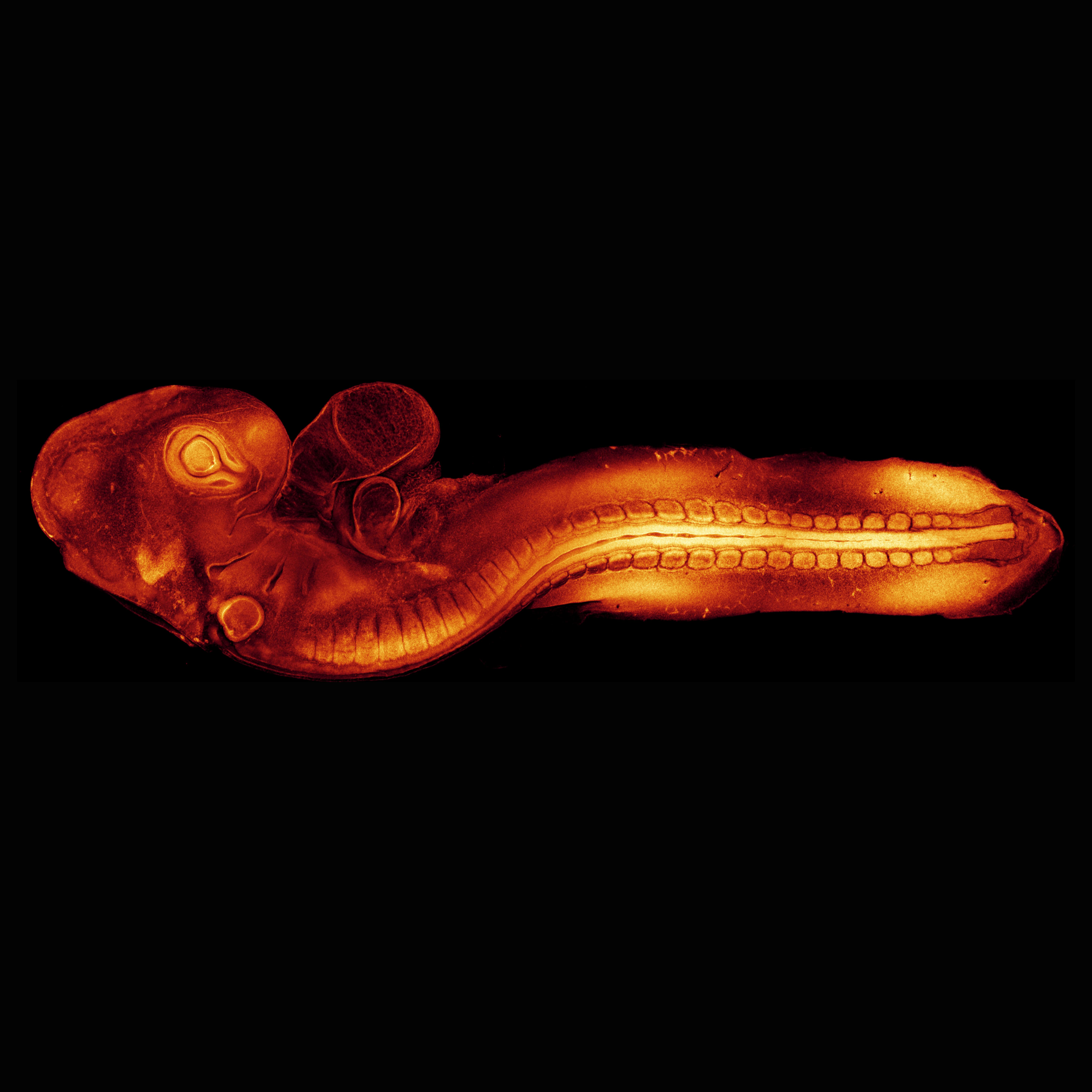
When the cartilage on the surface of the bones of the knee wears out, the damaged joints are replaced by a prosthesis.
The skeleton consists of more than 200 bones, which support the body weight and protect the internal organs. The knee joint bears a significant amount of weight and can sustain wear and tear over time.
The three main bones of the knee: the kneecap (patella), the thigh bone (femur), and the shin bone (tibia). With wear and tear on the cartilage that covers the surface of these bones, simple movements can become painful and cause swelling.
Old age or knee injuries can cause symptoms that require knee replacement surgery. During knee replacement surgery, the lower part of the femur bone and the upper part of the tibia bone are removed and replaced with metal and plastic prostheses, which resemble the damaged joint and associated bones. In some cases, the back of the kneecap is also removed.
The goal of knee replacement surgery is to reduce pain and swelling in and around the knee joint. The plastic joint offers more freedom and mobility. This operation can be different complications which should be discussed with the doctor before surgery.
















